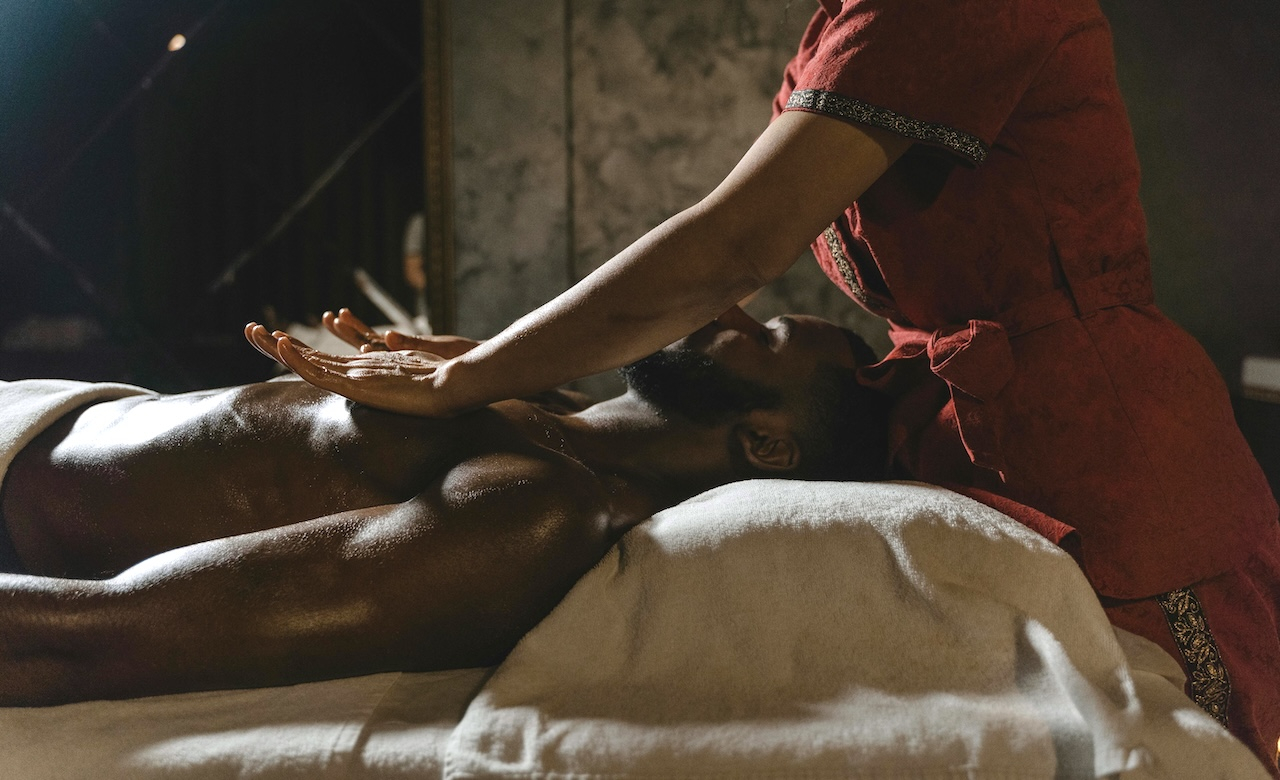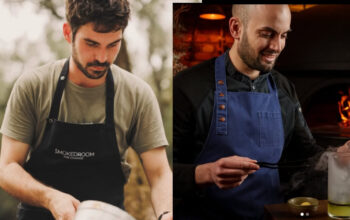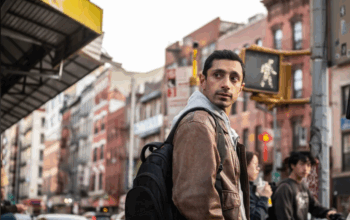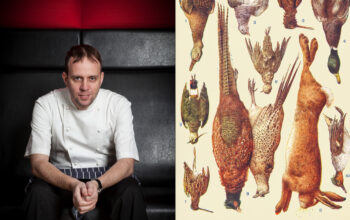The art of touch: Why massages matter more than ever

In a world increasingly mediated through screens and devices, the experience of physical touch has become something of a rarity. We move through our days tethered to phones, typing, scrolling, clicking – constantly connected yet often disconnected from our own bodies. Massage, in its many forms, offers a counterpoint to this digital drift: a way to slow down, breathe, and reinhabit the physical self.
More than a moment of indulgence, massage can serve as a quiet act of restoration. The deliberate movements of skilled hands invite stillness and awareness, grounding us in sensation and presence. In a time marked by distance – physical, emotional, even cultural – the simple contact of another person, carried out with care and intention, can feel quietly radical. Some practitioners now even offer video previews of their work, bridging the gap between online presence and real-world connection, and helping clients feel assured before a session begins.
The roots of massage run deep, stretching back thousands of years across continents and civilisations. From ancient Chinese practices to Ayurvedic traditions in India and healing techniques in Japan, touch has long been a tool for both physical and spiritual wellbeing. Today, these traditions endure. In cities, hotels and discreet studios, practitioners continue to offer their skills, keeping alive a knowledge passed down through generations – and reminding us of the enduring power of human contact.
2. Traditions that endure
Massage is far from a modern invention. Its techniques and philosophies have evolved over millennia, woven into the cultural fabric of civilisations across the globe. In Sweden, the development of therapeutic massage in the 19th century laid the foundation for many Western approaches. In Thailand, bodywork is based on an ancient system of energy lines, combining pressure and assisted stretching. Japan’s Shiatsu draws on acupressure and holistic principles, while India’s Ayurvedic massage is deeply rooted in dosha-balancing rituals, herbal oils and long flowing strokes.
Though techniques vary, a common thread runs through them: touch as a vehicle for healing, realignment and emotional balance. These practices are not only preserved but constantly adapted, often blending traditional wisdom with modern wellness sensibilities. Whether in luxury spas or modest urban clinics, massage remains a living tradition – a quiet expression of continuity in a world that changes rapidly, and often forgets the value of stillness.
3. The tantric dimension
Among the many forms of massage, tantric bodywork occupies a unique and often misunderstood space. Originating in spiritual traditions of India and Tibet, tantra approaches the body not as a machine to be fixed, but as a vessel for awareness, sensation and presence. Tantric massage draws on this lineage, inviting a slower, more mindful engagement with the body’s energy. Movements are often meditative and flowing, designed to awaken sensitivity, deepen breath and encourage connection with subtle sensation.
Unlike conventional massage, the focus is not purely on muscular release or physical relaxation, but on cultivating a heightened state of awareness. For some, it offers emotional clarity or a shift in inner perception. For others, it may simply be an invitation to experience stillness in a new way.
In London, Secret Tantric has become a leading name in this space, offering clients a tailored, professional experience across the capital’s most prestigious areas. Their recent introduction of authentic video previews – a first in the industry – reflects a commitment to transparency and trust. With high standards of care, luxurious settings and experienced therapists, Secret Tantric brings intentionality, presence and comfort to every session, helping clients reconnect in an increasingly disconnected world through tantric massage.
4. Healing through pressure and presence
Beyond the immediate sensation of ease, massage offers a complex range of benefits supported by both tradition and science. Physically, it can help to relieve muscular tension, improve circulation and stimulate the lymphatic system, supporting the body’s natural processes of repair. Psychologically, it has been shown to lower cortisol levels, reduce symptoms of anxiety and depression, and promote better sleep. The touch of a trained practitioner can reset the nervous system, shifting the body from a state of alertness into one of rest and recovery.
But massage is not purely clinical. Much of its value lies in the less quantifiable realm of presence – the quiet, attentive exchange that takes place between giver and receiver. A sense of safety, care and attunement can itself be transformative. In this way, massage serves as both remedy and reminder: that health is not only the absence of illness, but the presence of grounded attention.
5. Modern ritual, ancient wisdom
In a world that prizes speed, efficiency and constant productivity, taking time for a massage may seem like a rare indulgence. Yet for many, it has become a quiet ritual – a structured pause in otherwise frenetic lives. The act of setting aside time to be still, to be cared for, and to reconnect with the body carries its own kind of power. Far from being frivolous, it can be a subtle act of resistance against the culture of busyness.
Massage, in its essence, is a practice rooted in ancient wisdom. Across time and geography, it has been used not only to heal pain but to restore balance, mark transitions and maintain harmony between body and mind. Today, that wisdom continues to resonate. Whether sought for physical relief or emotional recalibration, massage remains a gesture of care – one that draws on centuries of practice to meet the deeply modern need for slowness, connection and quiet repair.
Conclusion
In a city as fast-paced as London, massage offers more than relief – it provides a moment of reconnection. Drawing on ancient practices and modern technique, skilled therapists across the capital help restore balance, ease tension and invite calm into lives that rarely pause. A ritual, not a luxury.
The editorial unit

























Facebook
Twitter
Instagram
YouTube
RSS